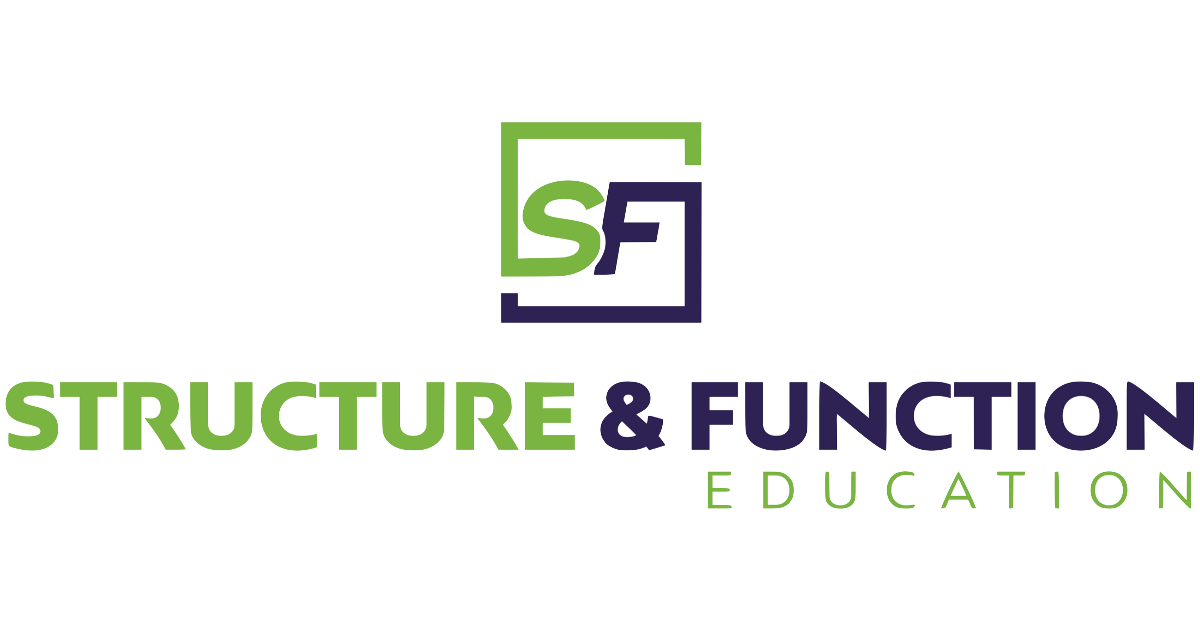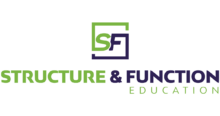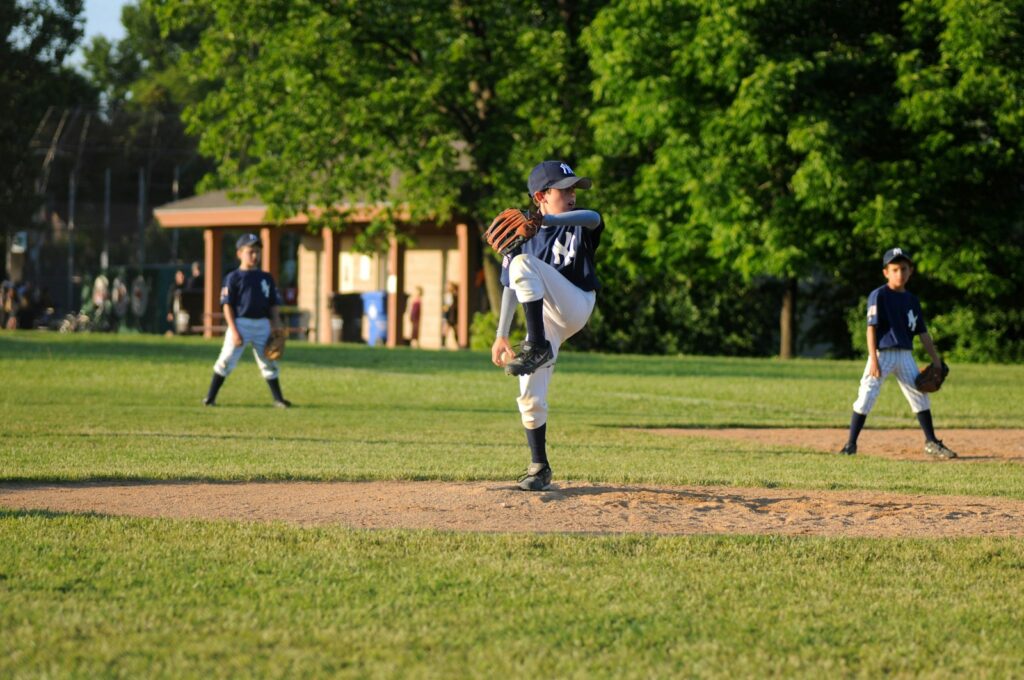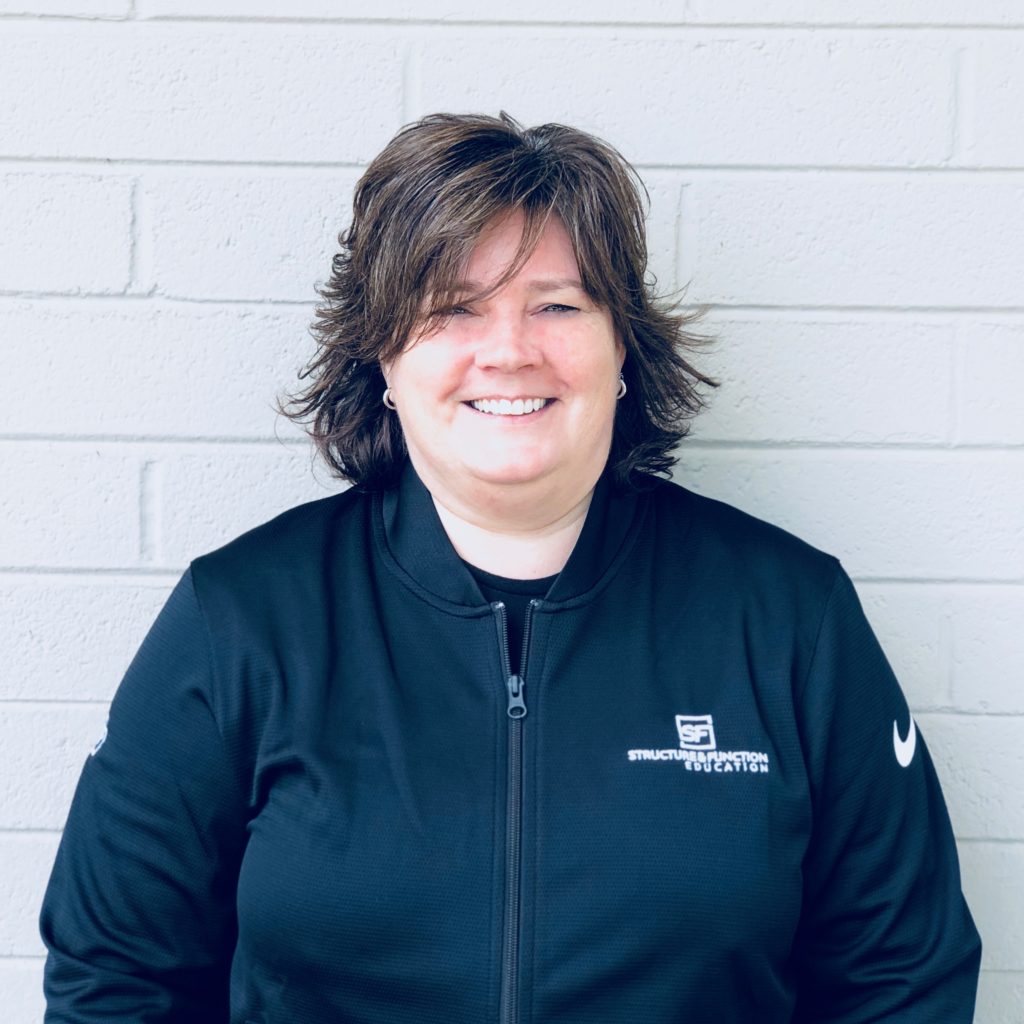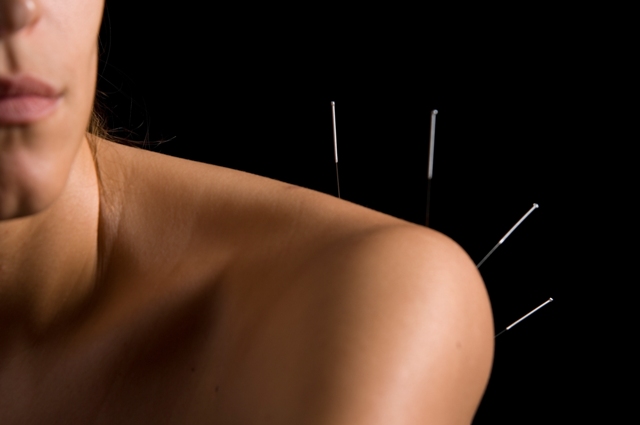Arm Care for Young Athletes for Summer Sports
As the summer winds down its important to remember arm care for young athletes for summer sports, especially for baseball and softball. These sports offer great competition and teamwork for young athletes but they also increase the risk of arm injuries. This is particularly true in young throwers. Understanding the epidemiology and etiology of these injuries is crucial for preventing them and ensuring long-term health and success for our young athletes.
Epidemiology and Etiology of Arm Injuries in Young Athletes
Arm injuries, particularly in the shoulder and elbow, are common among young baseball and softball players. The most prevalent injuries include Little League shoulder, rotator cuff tendinitis, and ulnar collateral ligament (UCL) injuries.1 These injuries often result from repetitive stress and overuse, which are exacerbated by the high demands of throwing and the prolonged seasons that many young athletes endure.
The incidence of arm injuries in youth sports has increased significantly over the past few decades. This rise can be attributed to several factors, including increased participation in sports, specialization in a single sport from a young age, and insufficient rest periods between seasons.1 As clinicians, we prefer to prevent these injuries rather than treat them. Understanding these contributing factors is essential for developing effective prevention strategies.
Throwing Volume and Pitch Counts
One of the primary risk factors for arm injuries in young athletes is excessive throwing volume.2 Monitoring and managing pitch counts is a critical aspect of injury prevention. The following guidelines can help parents and coaches ensure that young throwers do not overexert their arms:
Follow age-specific pitch count limits:
Different age groups have different capacities for throwing.2 For example, Little League Baseball recommends that 9-10-year-olds not exceed 75 pitches per game, while 11-12-year-olds should not exceed 85.
- Track total pitches, not just game pitches: Practice and warm-up throws should also be included in pitch counts to get a complete picture of the athlete’s throwing volume.
- Enforce mandatory rest periods: Ensure that young athletes get adequate rest between pitching outings to allow for proper recovery. Little League Baseball, for example, mandates specific rest periods based on the number of pitches thrown.
Arm Care Injury Prevention Programs
Arm care exercise programs have been developed to improve strength, dynamic stability, and range of motion (ROM) of the muscles and joints important to the throwing motion and related to shoulder and elbow health in overhead athletes.3-6 Historically, arm care exercise programs began as generalized upper body strengthening or targeted stretching to a particular muscle group. More recently, these programs have evolved to target multiple physical impairments throughout the kinetic chain and whole body training.3-4
Preventing shoulder and elbow injuries requires a multifaceted approach that includes proper training, conditioning, and recovery practices. Here are some key strategies:
- Warm-up and cool-down routines: Encourage athletes to perform dynamic warm-up exercises before throwing and static stretching exercises afterward to maintain flexibility and reduce muscle stiffness. Some video examples can be found here:
- Education on proper throwing mechanics: Teaching young athletes proper throwing mechanics can significantly reduce stress on the shoulder and elbow. Enlist the help of knowledgeable coaches or trainers to ensure that athletes are using the correct techniques.
Strength and conditioning programs: Implementing targeted strength and conditioning programs can help build the muscles around the shoulder and elbow, providing better support and reducing the risk of injury. One of the most common approaches is using the Throwers Ten, but it extends to whole-body training.
The Thrower’s Ten
The Thrower’s Ten7 is a series of exercises designed to strengthen the major muscle groups used in throwing. Incorporating these exercises into regular training routines can help young athletes build endurance and resilience in their arms. The exercises focus on the shoulder, scapular stabilizers, and forearm muscles. Some critical exercises include:
- External Rotation at 0° Abduction
- Internal Rotation at 0° Abduction
- External Rotation at 90° Abduction
- Internal Rotation at 90° Abduction
- Scaption (Scapular Plane Elevation)
- Prone Horizontal Abduction
- Prone Rowing
- Push-ups
- Bicep Curls
- Wrist Extension/Flexion
Importance of the Hips and Core in the Throwing Motion
While arm care is crucial, it is equally important to recognize the significant role that the hips and core play in the throwing motion. The hips and core are the powerhouses of a throw, providing stability, strength, and coordination that are essential for an effective and injury-free throwing technique.
The hips are the starting point of the kinetic chain in throwing. A strong and stable hip region allows for proper weight transfer and rotational power, which translates into more efficient and powerful throws. Proper hip rotation and engagement help6,8:
- Generate Power: The hips initiate the rotation that propels the body forward, contributing significantly to the velocity of the throw.
- Maintain Balance: Strong hips provide balance and stability throughout the throwing motion, reducing unnecessary stress on the arm.
- Enhance Accuracy: Proper hip alignment and movement ensure that the throw is directed accurately and with control.
The Role of the Core
The core, which includes the muscles of the abdomen, lower back, and pelvis, acts as a bridge between the lower and upper body6,8. A strong core is vital for:
- Stability and Balance: A strong core stabilizes the entire body, allowing for a more controlled and balanced throwing motion.
- Force Transfer: The core transfers the force generated by the legs and hips to the upper body, enhancing the power and efficiency of the throw.
- Injury Prevention: A stable core reduces the risk of compensatory movements and overuse of the arm and shoulder muscles, thereby preventing injuries.
Training the Hips and Core
To optimize throwing mechanics and prevent injuries, young athletes should incorporate hip and core strengthening exercises into their training routines. By focusing on developing and maintaining strong hips and a stable core, young athletes can improve their throwing performance while significantly reducing the risk of arm injuries. This holistic approach to training ensures that the entire body works synergistically, promoting long-term athletic success and health.
Here are some effective exercises and you can find plenty of videos online demonstrating these exercises.
- Hip Exercises Like:
- Hip Bridges: Strengthen the glutes and lower back.
- Clamshells: Target the hip abductors and external rotators.
- Lunges: Improve hip stability and strength.
- Core Exercises Like:
- Planks: Enhance overall core stability.
- Chops: Strengthen the obliques and improve rotational power.
- Dead Bugs: Improve coordination and core stability.
Tips for Parents and Kids to Prevent Arm Issues8
Parents and young athletes play a crucial role in preventing arm injuries.8 Here are some practical tips:
- Encourage multi-sport participation: Avoid early specialization in a single sport. Playing multiple sports can help develop a broader range of motor skills and reduce the risk of overuse injuries.
- Prioritize rest and recovery: Ensure young athletes get adequate rest between games and seasons. Please encourage them to take breaks from throwing during the off-season.
- Listen to the body: Teach young athletes to recognize signs of pain and fatigue and openly communicate their feelings. Ignoring pain can lead to more severe injuries.
- Consult professionals: Regular check-ups with a sports medicine professional can help identify early signs of potential issues and guide injury prevention strategies.
Conclusions
The end of the summer baseball and softball seasons is a time to celebrate the hard work and achievements of young athletes. However, it’s also critical to focus on arm care and injury prevention. By understanding the epidemiology and etiology of arm injuries, monitoring throwing volume, implementing strength and conditioning programs like the Thrower’s Ten, and following practical prevention tips, we can help our young athletes stay healthy and continue to enjoy the sports they love for years to come.
In our Structure & Function Education® curriculum, trained clinicians learn dry needling and rehabilitation approaches, guide treatment, and help those with these injuries find relief. Structure & Function Education® has several curricular offerings to help you better treat shoulder and arm pain. If you’re interested in learning how Structure & Function Education’s® Pentamodal Method of dry needling can help you treat your patients with shoulder and arm pain, enroll today in Foundations in Dry Needling for Orthopedic Rehab & Sports Performance and the Foundations in Dry Needling for Upper Extremity Orthopedic Rehab course.
If you have an injury and need care, contact a Structure & Function Education® curriculum trained clinician. They are here to help.
**Disclaimer: Structure and Function Education provides links to videos for demonstration purposes only. We do not necessarily support or endorse any person, product, or specific company featured in these videos. Viewers are advised to use their own discretion and judgment.**
References
- [PubMed] Saper MG, Pierpoint LA, Liu W, Comstock RD, Polousky JD, Andrews JR. Epidemiology of Shoulder and Elbow Injuries Among United States High School Baseball Players: School Years 2005-2006 Through 2014-2015. Am J Sports Med. 2018 Jan;46(1):37-43. Doi: 10.117
- [PubMed] Matsuura T, Takata Y, Iwame T, Iwase J, Yokoyama K, Takao S, Nishio S, Arisawa K, Sairyo K. Limiting the Pitch Count in Youth Baseball Pitchers Decreases Elbow Pain. Orthop J Sports Med. 2021 Mar 18;9(3):2325967121989108. doi: 10.1177/2325967121989108. PM
- [PubMed] Sakata J, Nakamura E, Suzuki T, et al. Efficacy of a prevention program for medial elbow injuries in youth baseball players. Am J Sports Med. 2018;46:460-469.
- [PubMed] Sakata J, Nakamura E, Suzuki T, et al. Throwing injuries in youth baseball players: can a prevention program help? A randomized controlled trial. Am J Sports Med. 2019;47:2709-2716.
- [PubMed] Shitara H, Yamamoto A, Shimoyama D, et al. Shoulder stretching intervention reduces the incidence of shoulder and elbow injuries in high school baseball players: a time-to-event analysis. Sci Rep. 2017;7:45304.
- [PubMed] Wilk KE, Meister K, Andrews JR. Current concepts in the rehabilitation of the overhead throwing athlete. Am J Sports Med. 2002;30:136-151.
- [PubMed] Mullaney M, Nicholas S, Tyler T, Fukunaga T, McHugh M. Evidence-Based Arm Care: The Throwers 10 Revisited. Int J Sports Phys Ther. 2021 Dec 1;16(6):1379-1386. doi: 10.26603/001c.29900. PMID: 34909245; PMCID: PMC8637269.
- [PubMed] Matsel KA, Butler RJ, Malone TR, Hoch MC, Westgate PM, Uhl TL. Current Concepts in Arm Care Exercise Programs and Injury Risk Reduction in Adolescent Baseball Players: A Clinical Review. Sports Health. 2021 May-Jun;13(3):245-250. doi: 10.1177/194173812097
